
JaneApp Data Security Features: How Your Clinic’s Information Stays Protected
JaneApp Data Security Features: How Your Clinic’s Information Stays Protected Takeaways Jane is HIPAA- and PIPEDA- compliant Data is encrypted, whether at rest or in
Start Feeling Better In As Few As 3 Visits.

If you have lasting back pain, spinal decompression may be able to help. It’s non-surgical and can be a very effective way to relieve your back pain.
Spinal decompression is a breakthrough computer-aided technology that can relieve lower back pain and neck pain.
It’s FDA cleared and is used in many clinics in the U.S and Canada.
What’s amazing is even patients who have been doing Physical Therapy, Chiropractor care, and taking pain killers with little success have received dramatic pain relief using spinal decompression.
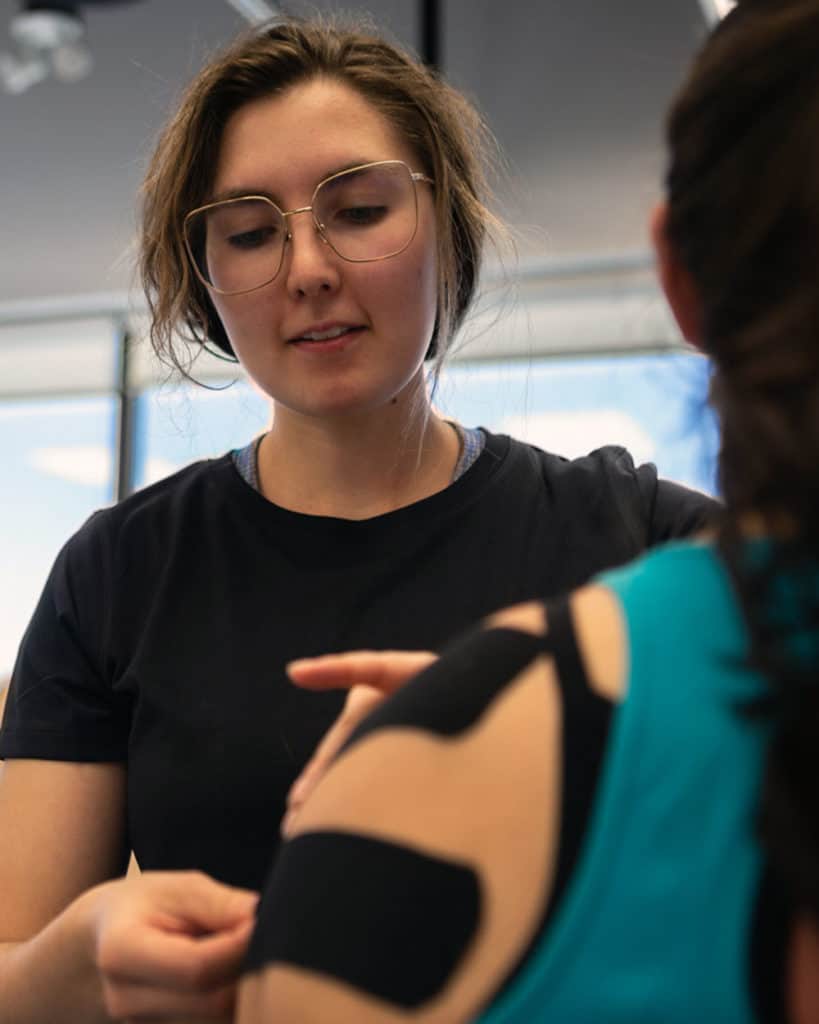
Tell us what hurts, and we will treat your pain in the shortest time possible. Get effective treatment for your condition in less than 30 minutes so you can get back to doing what you live… pain-free.
Get a personalized care plan so you can feel better in as few as 3 visits. We use advanced therapy techniques proven to ease pain, accelerate recovery, improve mobility and overall health.
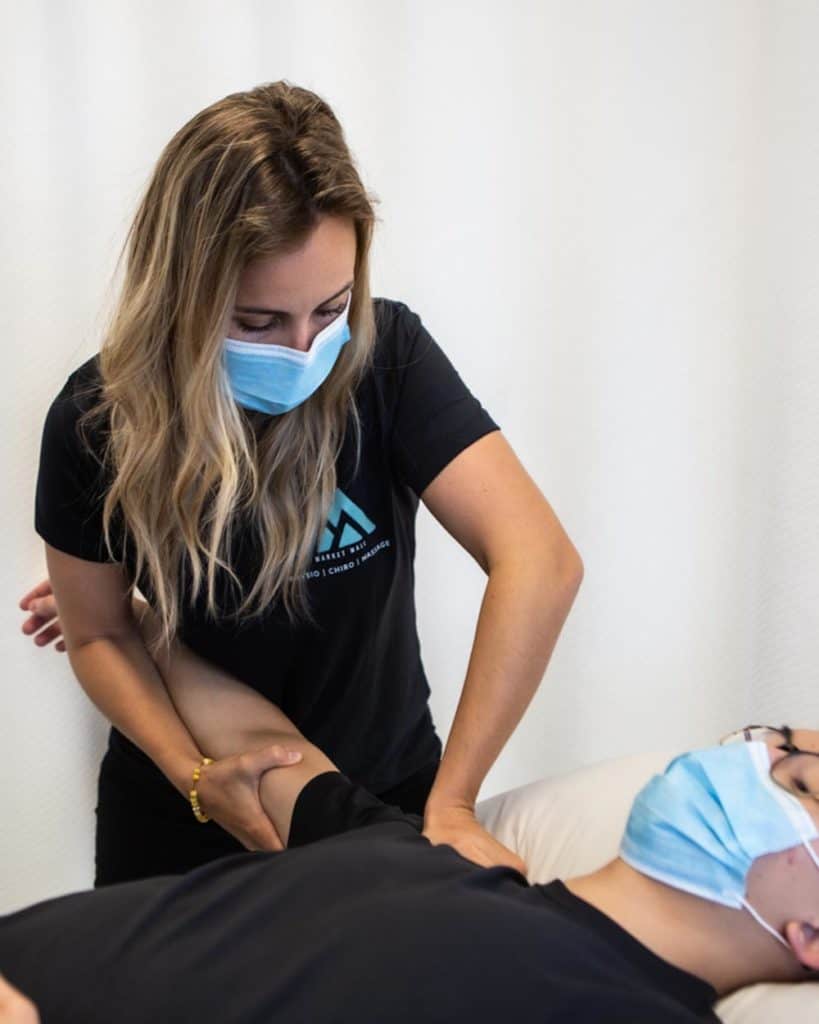
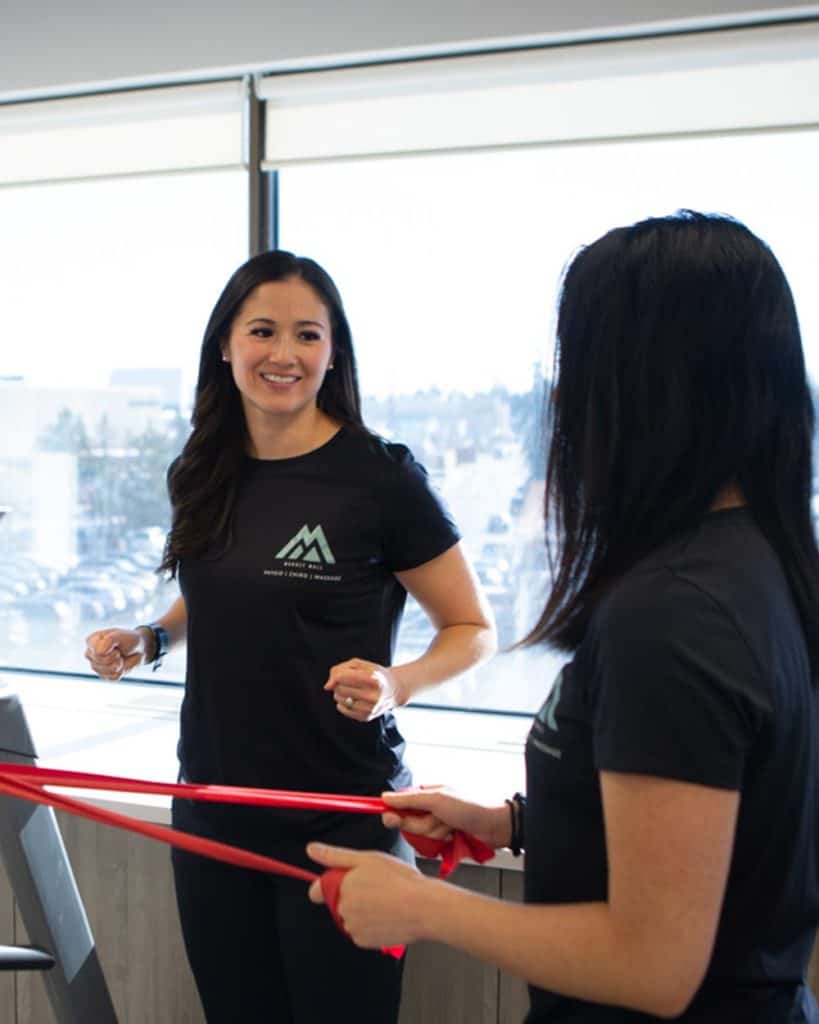
Our team of licensed physiotherapists, chiropractors, registered massage therapists are professionals and in human anatomy and biomechanics. You will get the perfect care plan to target the root of your pain so you can get back to doing what you love, everyday!
This appointment is your opportunity to tell us what hurts and discover whether Spinal Decompression is a good fit for you! During this session, you will talk with a therapist on a phone call (or online) and create the right care plan specifically for your pain. There is no obligation, this session is only to find out if Spinal Decompression can help you getting back to doing the things you love in life.
If you’re like most you don’t want to wait days or weeks to get treated for your pain. And you don’t want to have to spend your time calling nearby clinics to find the one who can see you the fastest.
That’s where PainHero comes In – Canada’s largest network of physiotherapists, chiropractors, and registered massage therapists.
Our Platform is used by clinics where they post their open appointment times. So you can quickly compare availability and wait times for clinics near you without having to pick up the phone. Then book an appointment within seconds and even see someone that day if you want. So you can get back to doing the things you love faster.
Plus unlike other sites who let anyone on or just rely on google reviews. We hand pick clinics based on a 50-point inspection, which includes everything from checking reviews, ratings, reputation, history, complaints, satisfaction, trust, cost, and general excellence.
Improve the way your body moves so you can continue to do the things you love. PainHero is Canada’s largest network of physiotherapists, chiropractors, and registered massage therapists. Our mission is to make it easy for you to find the top clinics in your community. We handpick the top clinics using our 50 point inspection based on patient reviews, complaints, and patient outcomes.
Whether you’re seeking pain relief or preventative care, you can expect our patient-centric approach to be new and different from any healthcare experience you’ve had before. Perhaps even life-changing.
1460+
Clinics
2172+
Caring Therapists
2M+
Patient Visits
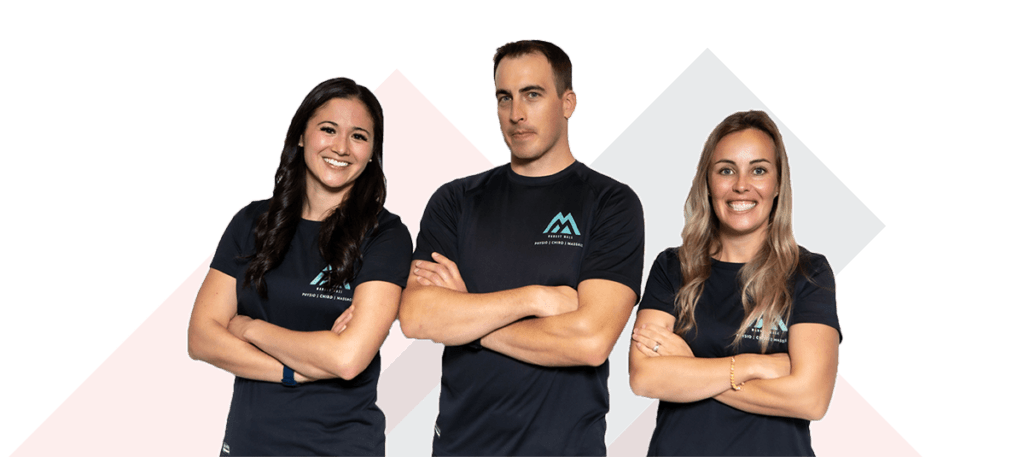
Spinal Decompression involves a special motorized machine gently stretching your spine. As your spine stretches it changes the force and position of your spine taking the pressure off the spinal discs.
Spinal discs are a gel-like cushion between the bones (a.k.a vertebra) of your spine. Discs can be influenced as a result of spinal decompression, which can take pressure off pinched or irritated nerves.
Also spinal decompression drives nutrient-rich fluids to the problem area to facilitate the healing process.
You see, nutrient-rich fluids come packed into your vertebrae when you’re born. This provides a cushion and makes movements more comfortable. However, as you age this fluid starts to decrease making the joints less flexible and movements more difficult.
This process can be involved in a host of problems like:
Check out this slide post to get some ideas on how to relieve neck pain courtesy of Active Life Wellness Center (Read the caption)
Things like sitting too much during the day and other daily activities can compress your spine. But by gently decompressing the vertebrae it draws the fluid back in providing more cushion and making it easier to move. This results in pain relief and natural function restoration.
Not only that, the fluid repairs and rejuvenates the disc which can provide long-lasting relief after the treatments are completed.
This depends on the patient’s condition. Some patients start feeling pain relief within the first week. Others see significant relief within 2-3 weeks and for others, it can take 4-6 weeks depending on the severity of their condition.
Spinal Decompression courtesy of Toronto Spine & Sports Clinic (Read the caption
Find out whether Spinal Decompression can help you get back to doing the things you love in life.
Unlike spinal decompression surgery which is very invasive, with non-surgery spinal decompression therapy, most patients do not feel any pain during the treatment. In fact, some patients actually fall asleep.
Most may feel some soreness during the first week like they just worked out. This is normal as your body is not accustomed to being decompressed and stretched this way. As your body starts to adjust you may not feel any or very little soreness after multiple treatments. It’s very rare to have an increase in pain after this type of therapy.
You first lie face down or up on a computer-controlled table. A special harness will then be placed around your waist. Your legs will then be elevated and placed on a cushion. A health care practitioner will then customize the treatment to your specific condition.
Next, the spinal decompression machine will begin to slowly and gently stretch your spine to alleviate the excess pressure on your discs.
Did you know that your spine can affect your digestion? The nerves in your back can when compressed affect digestion. Plus having a straight posture allows room for your muscles to contract and digestive system to work properly
This traction helps to take pressure off of the discs and vertebrae. Many people who undergo spinal decompression see significant improvement in their symptoms.
Most research shows a success rate of 71%-81% treated with spinal decompression.
At the Annual Meeting American Academy of Pain Management in Tampa, Florida, John Leslie of the Mayo Clinic talked about a study using spinal decompression done on patients with 10 years of chronic back pain.
After just two weeks of treatment, the patients experienced a 50% average reduction in pain.
At the end of the 6-week treatment plan, the success rate was 88.9%.
This is remarkable because very few if any treatment options offer that high of a success rate for chronic and long-term back pain sufferers.

You should ask your doctor, physio, or chiropractor if you may be a good candidate.
If you have any of the conditions below you should not do spinal decompression:
A quick way to see if spinal decompression may help you is to do a compression test that you can do at home according to Physiotherapist Bob Shrupp.
The goal is to determine if compression makes your pain worse and if decompression will make it feel better.
So here’s how to do the compression test.
1.) Sit in a chair
2.) Slump a little bit
3.) Then pull on the bottom of the chair to compress your spine.
If that makes your back, leg, or neck pain worse then it’s possible that decompressing and stretching your spine will make you feel better.
However you should ask a doctor, physio or chiropractor to confirm.
You first should always consult with your doctor before attempting spinal decompression. Although not as effective as spinal decompression therapy there are some exercises you can do at home that may help some decompress their spine.
1.) Bar Hangs
If you have a pull-up bar, this can be a great exercise to decompress your spine.
All you do is hang yourself from a bar!
Here’s how to perform it:
1.) Find a pull-up bar or chin-up bar that is sturdy.
2.) Grab onto the bar and hang from it.
3.) Once it feels comfortable begin to relax your muscles more as you hang and hold for 20 seconds.
4.) Let go of the bar and put your feet on the floor. Then take a minute break.
5.) Then grab on again and hang for 20 seconds more.
It’s good to perform this daily.
2.) Overhead Stretches
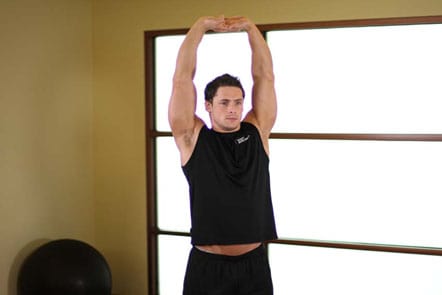
This one you can do at work.
1.) Stand with your feet shoulder-width apart.
2.) Then interlace your fingers face down and bring them up over your head.
3.) Now straighten your elbows and reach up as far as you can toward the ceiling.
4.) Hold for 10-30 seconds.
5.) Then repeat throughout the day.
With this exercise, you can also lean to the right and left too.
3.) Prayer Stretch
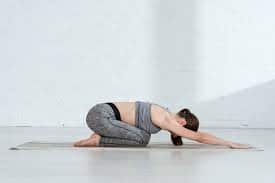
This is a great stretch for the lower back and lats.
1.) You want to get on your knees and lower your torso toward the floor.
2.) As you are lowering, put your arms straight out in front of you until you feel a nice stretch in your back.
Check out this video on how to protect your lower back courtesy of The Chiropractic Office & Health Associates
4.) Spinal decompression hanging upside down.

This is also known as inversion therapy, where you hang upside down. However, this can be risky for anyone with high blood pressure, heart disease, or glaucoma according to the mayo clinic.
It’s believed to take the gravitational pressure off of the spine and increase space between the vertebrae.
You should always consult a specialist before using inversion therapy.
Just click the convenient search button below on this page to find a top one near you. We have spinal decompression Toronto and all over Canada.
It may be beneficial if you sit a lot throughout the day, but it is not nearly as effective as spinal decompression.
Spinal Decompression technology is cleared by the FDA and has shown successful for the following conditions:

JaneApp Data Security Features: How Your Clinic’s Information Stays Protected Takeaways Jane is HIPAA- and PIPEDA- compliant Data is encrypted, whether at rest or in
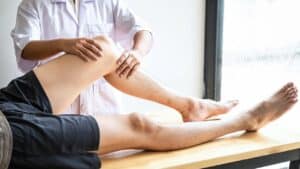
JaneApp Reporting and Analytics: How Clinics Can Track Growth and Performance Takeaways Jane’s reports are super underrated, they give you real insight into how your
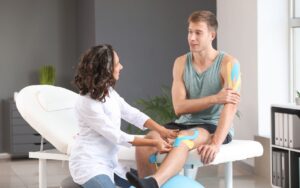
JaneApp Customer Support: How to Get the Help Your Clinic Needs Takeaways Use the in-app chat first if you can Email is fine, but be
Some insurances cover it. You should ask your insurance company if it is covered under your plan.
Many report it feels like a gentle stretch and is relaxing. Some even fall asleep. If you have severe disc trauma you may experience mild discomfort during the first few visits.
A treatment lasts 30-45 minutes
Spinal Decompression is one of several possible methods for relieving pain that do not rely on prescription medications and all the side effects and baggage they come with. Not to mention that most drugs can only mask pain, but rarely address root causes. Find a clinic if you are suffering from muscle tightness, soreness, or pain to improve your quality of life, today.
